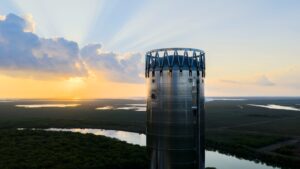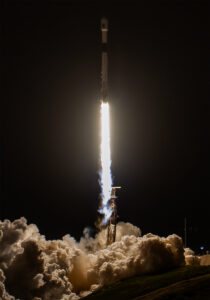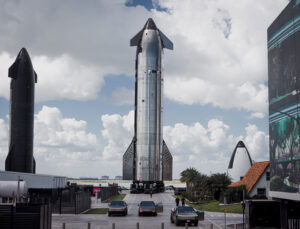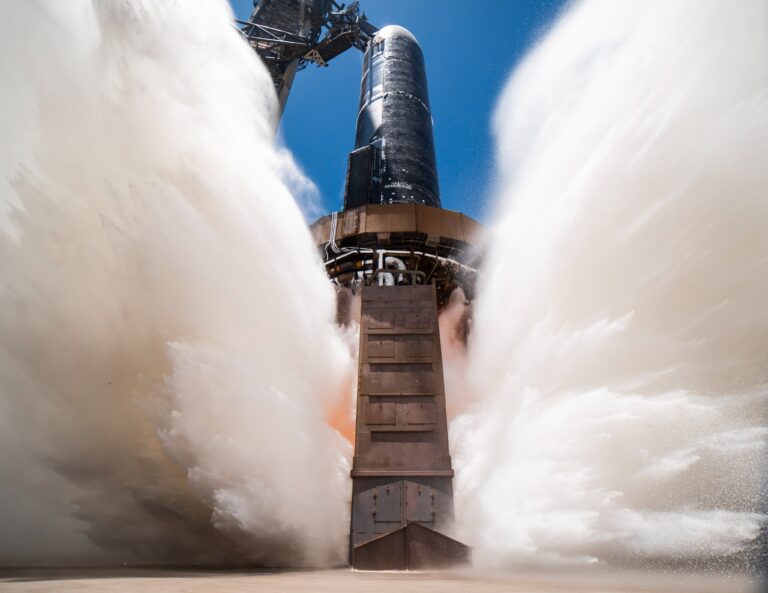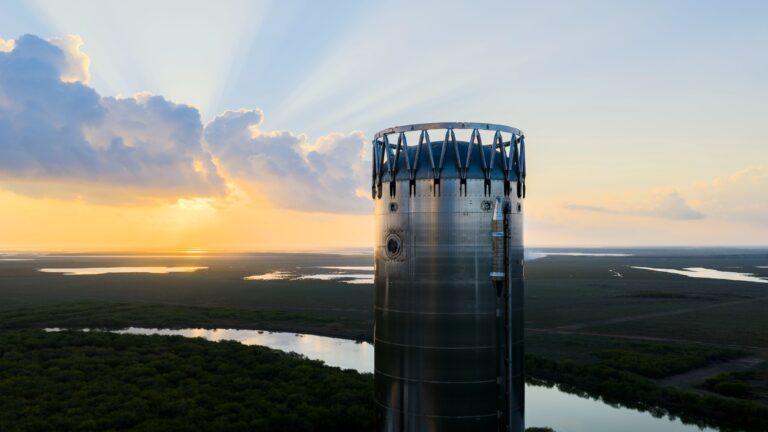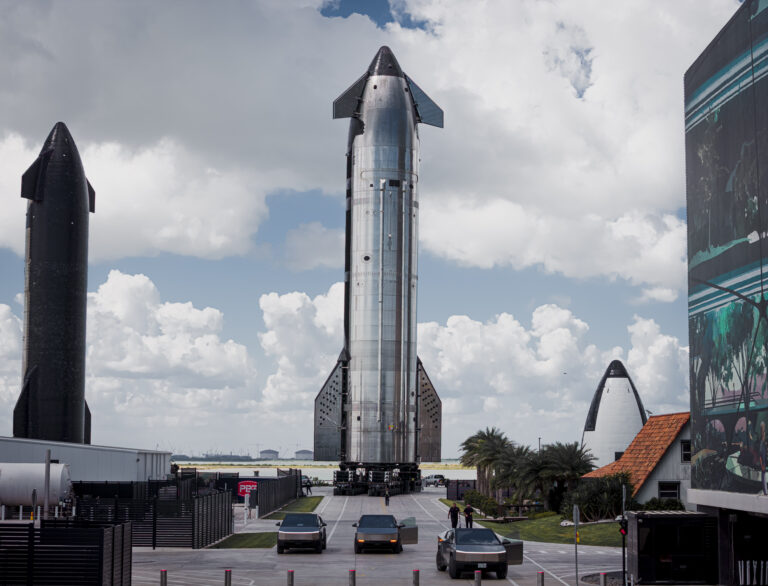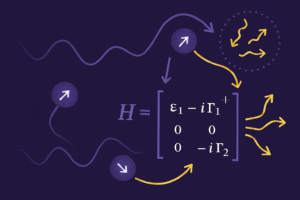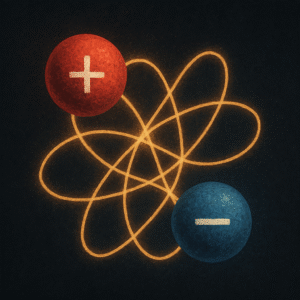With SpaceX’s recent Starship explosion grabbing headlines, NASA’s Artemis 2 is preparing for a bold return to deep space exploration.
🌕 Did You Know? No Human Has Flown Beyond Low Earth Orbit Since 1972. That’s About to Change.
In 2026, NASA will do something no space agency has done in over five decades — launch a crew of astronauts around the Moon. The Artemis 2 mission will send three NASA astronauts and one Canadian astronaut aboard the Orion spacecraft, powered by the Space Launch System (SLS) — the most powerful rocket ever built.
This mission won’t land on the Moon — not yet. But it paves the way for Artemis 3, the long-awaited return of humans to the lunar surface in 2027. Think of Artemis 2 as the ultimate test drive before humanity makes its giant leap back to the Moon.
And yes, it will be the first time a Canadian astronaut flies beyond Earth orbit.
📌 Quick Facts About Artemis 2
- 🗓 Launch Date: Planned for September 2026
- 🚀 Rocket: Space Launch System (SLS)
- 🧑🚀 Crew: 4 astronauts — 3 from NASA, 1 from the Canadian Space Agency (CSA)
- 🌑 Mission Type: Lunar flyby (free-return trajectory)
- 🕒 Duration: About 10 days
- 🌍 Objective: Test life support systems, communication, navigation, and deep-space human operations ahead of Artemis 3
- 🇨🇦 Notable First: First non-American astronaut to travel beyond low Earth orbit
🧭 What Exactly Will Artemis 2 Do?
Artemis 2 won’t touch down on the lunar surface, but it will swing around the far side of the Moon — going farther than any human has since the Apollo 17 mission in 1972. The spacecraft will follow a free-return trajectory, which means that if any major failure happens, the crew can still safely return to Earth without additional propulsion.
This 10-day deep-space journey will test critical systems in the Orion spacecraft, including:
- ✅ Life support and environmental systems
- ✅ Crew navigation in deep space
- ✅ Communication links with Earth
- ✅ Thermal control and power in lunar orbit
It’s the final full-scale test before NASA attempts to land astronauts on the Moon during Artemis 3 in 2027.
🔥 Why Artemis 2 Matters More Than Ever
In a world where billionaires are racing to Mars and private rockets explode on livestreams (like the SpaceX Starship explosion in July 2025), NASA is taking a methodical and sustainable approach to lunar exploration.
Here’s why Artemis 2 is a big deal:
1. Human Spaceflight Beyond Earth Orbit
This will be the first crewed mission beyond low Earth orbit in 54 years — a monumental achievement that marks humanity’s return to deep space.
2. Laying the Groundwork for a Lunar Base
Data from Artemis 2 will inform Artemis 3 and 4, which aim to establish a sustainable presence on the Moon. This is a stepping stone for eventual Mars missions.
3. International Collaboration
Artemis isn’t just an American mission. With Canada, Europe, and Japan all contributing, it reflects a global effort to explore the Moon together. That starts with Canadian astronaut Jeremy Hansen, who will make history aboard Artemis 2.
4. STEM Inspiration
This mission is already inspiring the next generation of scientists, engineers, and explorers. With classroom programs and virtual simulations tied to Artemis, millions of students worldwide are watching history unfold.
🧑🚀 Meet the Artemis 2 Crew
- Reid Wiseman (NASA) – Mission Commander
- Victor Glover (NASA) – Pilot
- Christina Hammock Koch (NASA) – Mission Specialist
- Jeremy Hansen (CSA) – First Canadian on a lunar mission
Each of these astronauts brings unique expertise, including previous ISS experience, engineering backgrounds, and test pilot credentials.
🌌 What’s Next After Artemis 2?
The next big milestone is Artemis 3, scheduled for 2027, where astronauts will land near the lunar South Pole — an area never before explored by humans. This region may contain trapped water ice, which is critical for sustaining future lunar missions.
NASA’s long-term goal is to establish the Artemis Base Camp by the early 2030s and use the Moon as a launchpad for Mars exploration in the 2040s.
🌍 Why Should You Care?
You might be thinking, “Cool, but how does this affect me?”
Here’s how Artemis 2 matters on Earth:
- 💡 Technology Transfer: NASA’s deep-space innovations often become consumer tech (think GPS, water filtration, and better batteries).
- 📈 Economic Impact: The Artemis program supports over 69,000 jobs across the U.S. and Canada and brings billions in economic activity.
- 🚀 Global Prestige: These missions strengthen international cooperation in science and technology.
- 👨👩👧 Inspiration: It’s a story to tell your kids — a reminder that humanity can still achieve the impossible.

